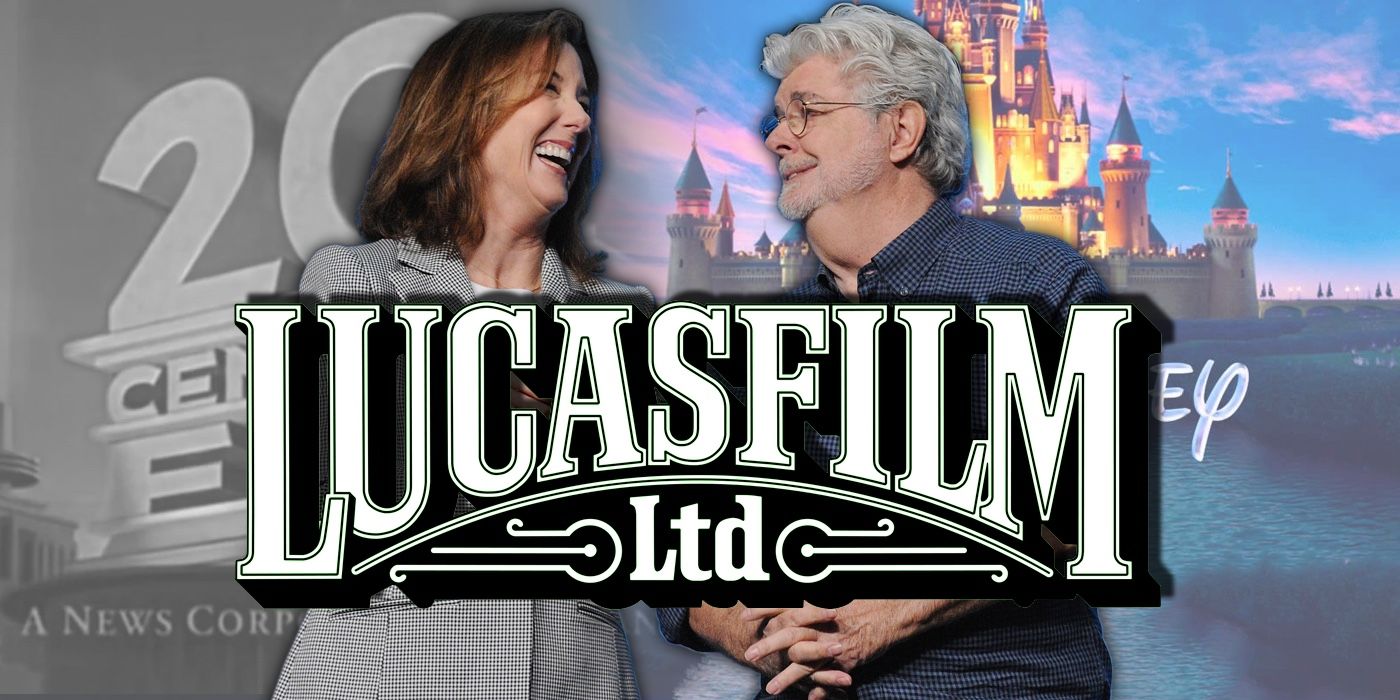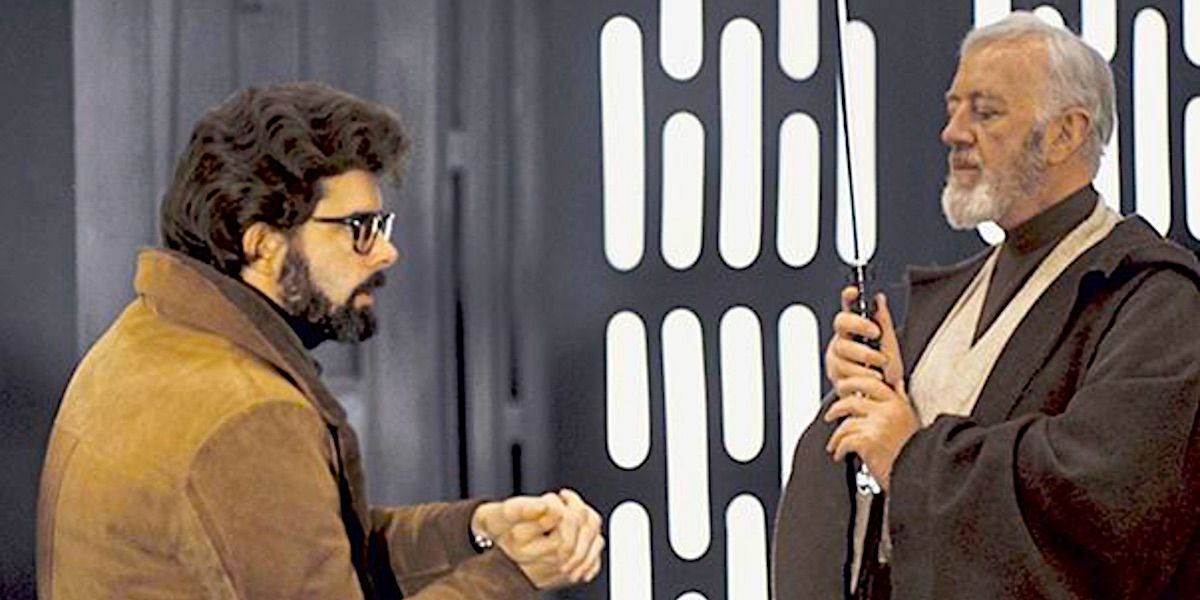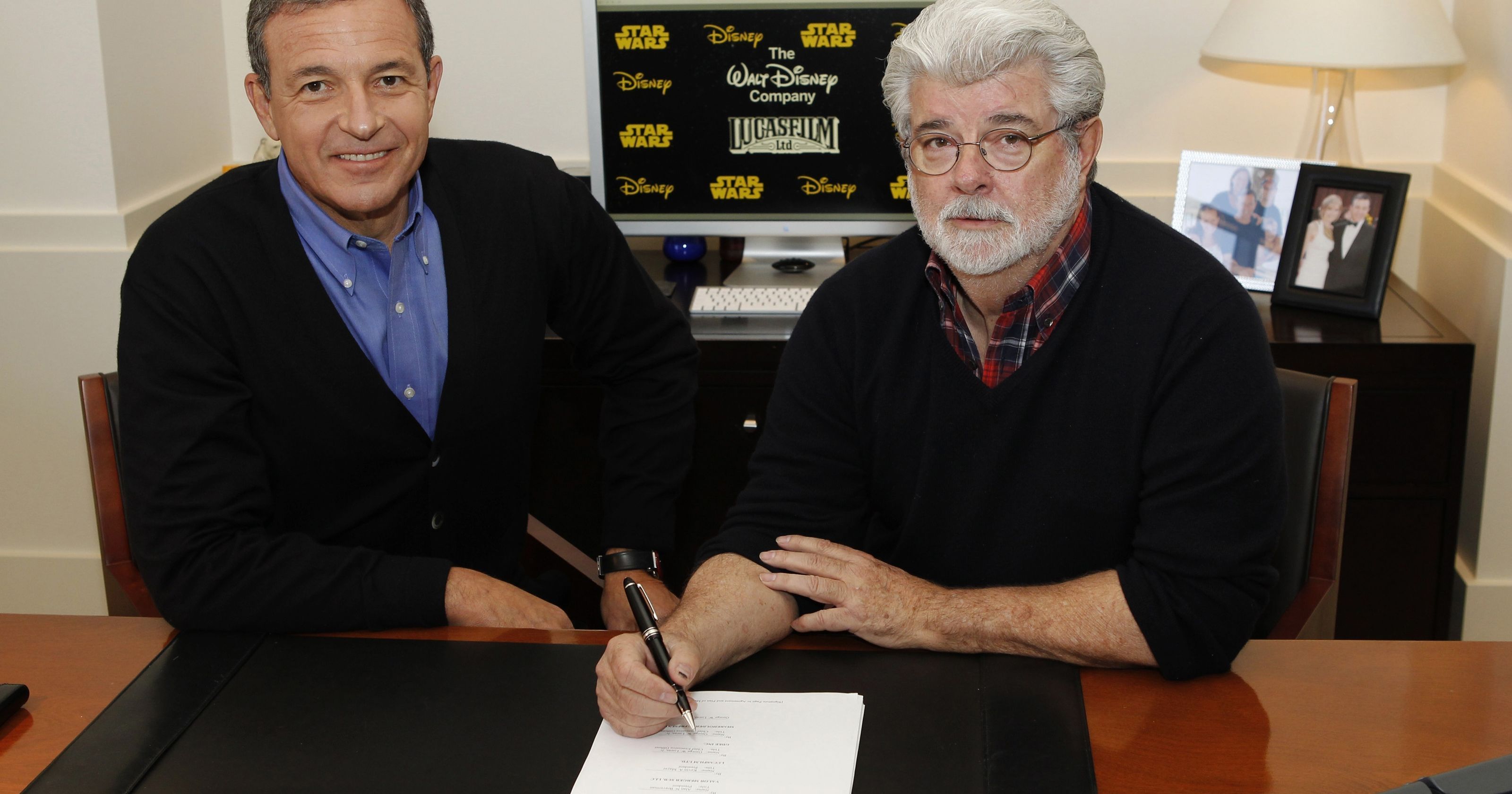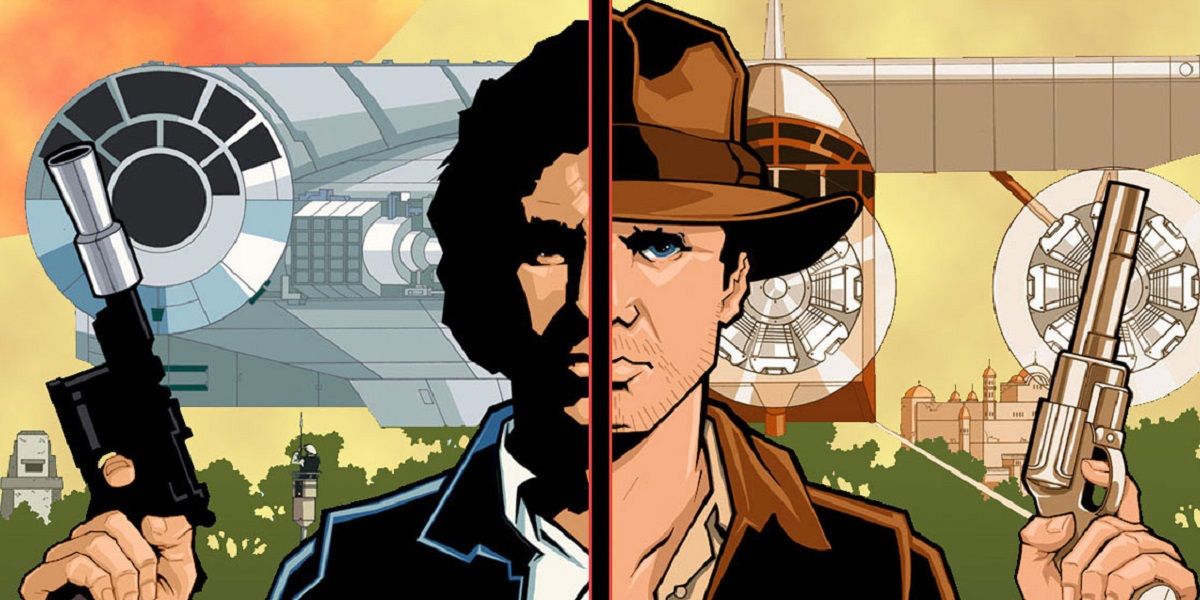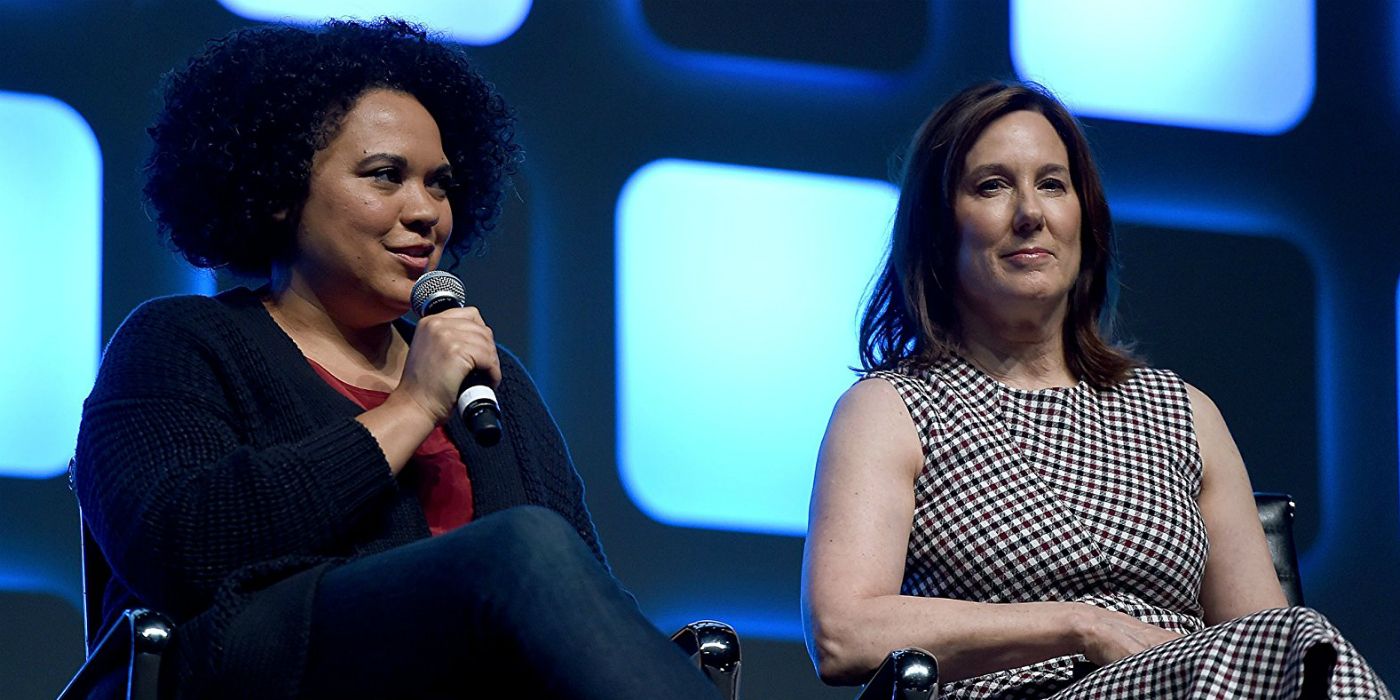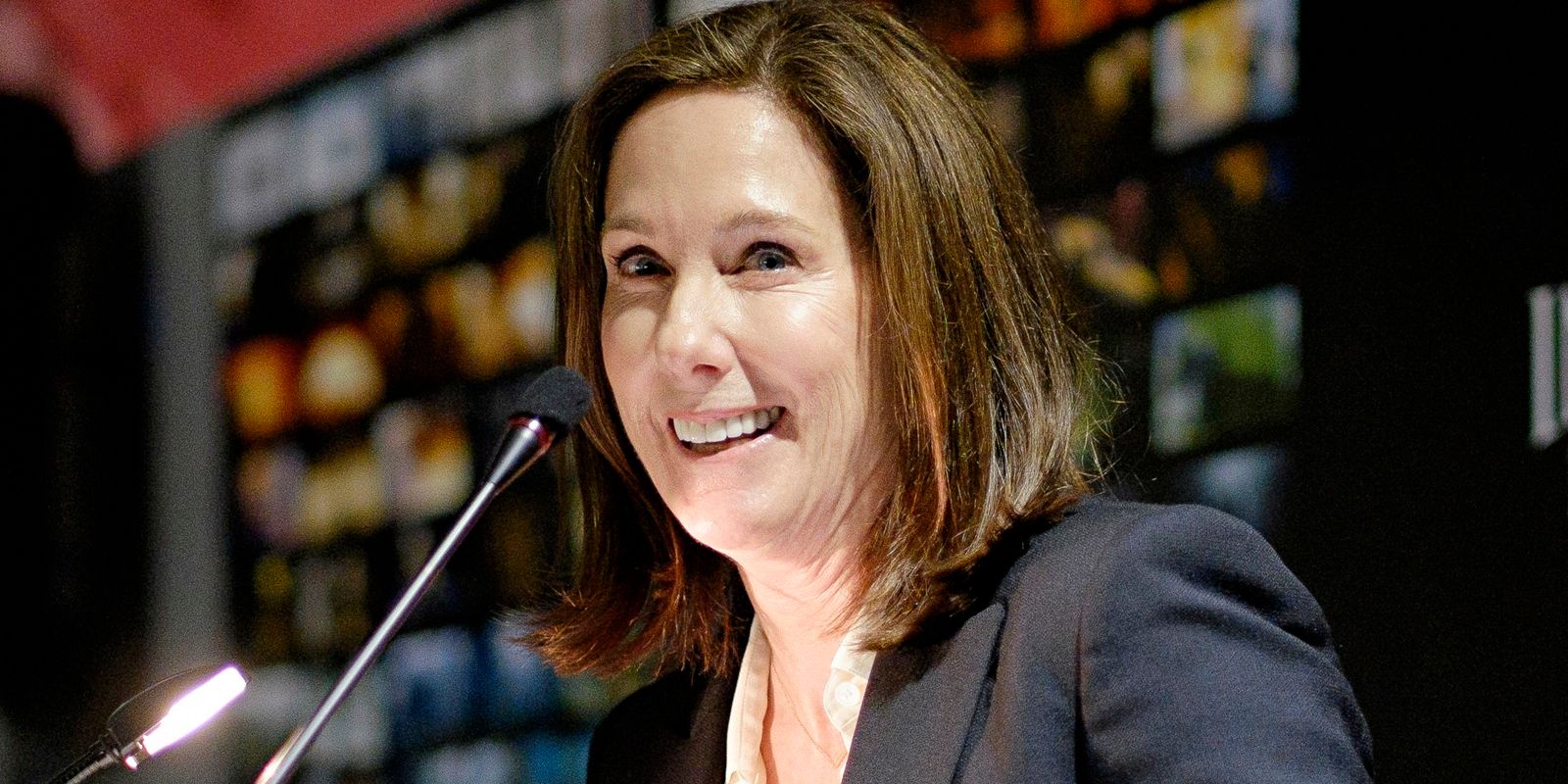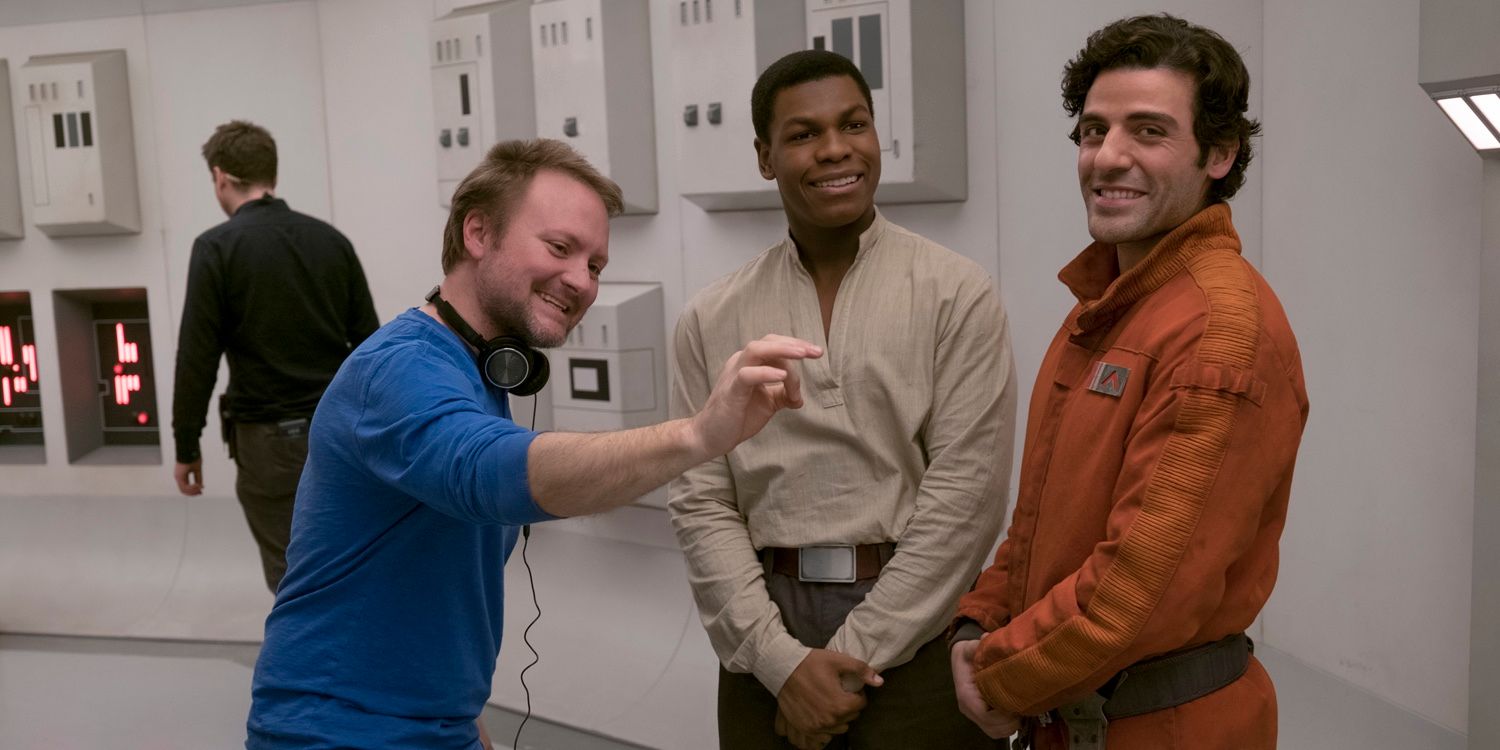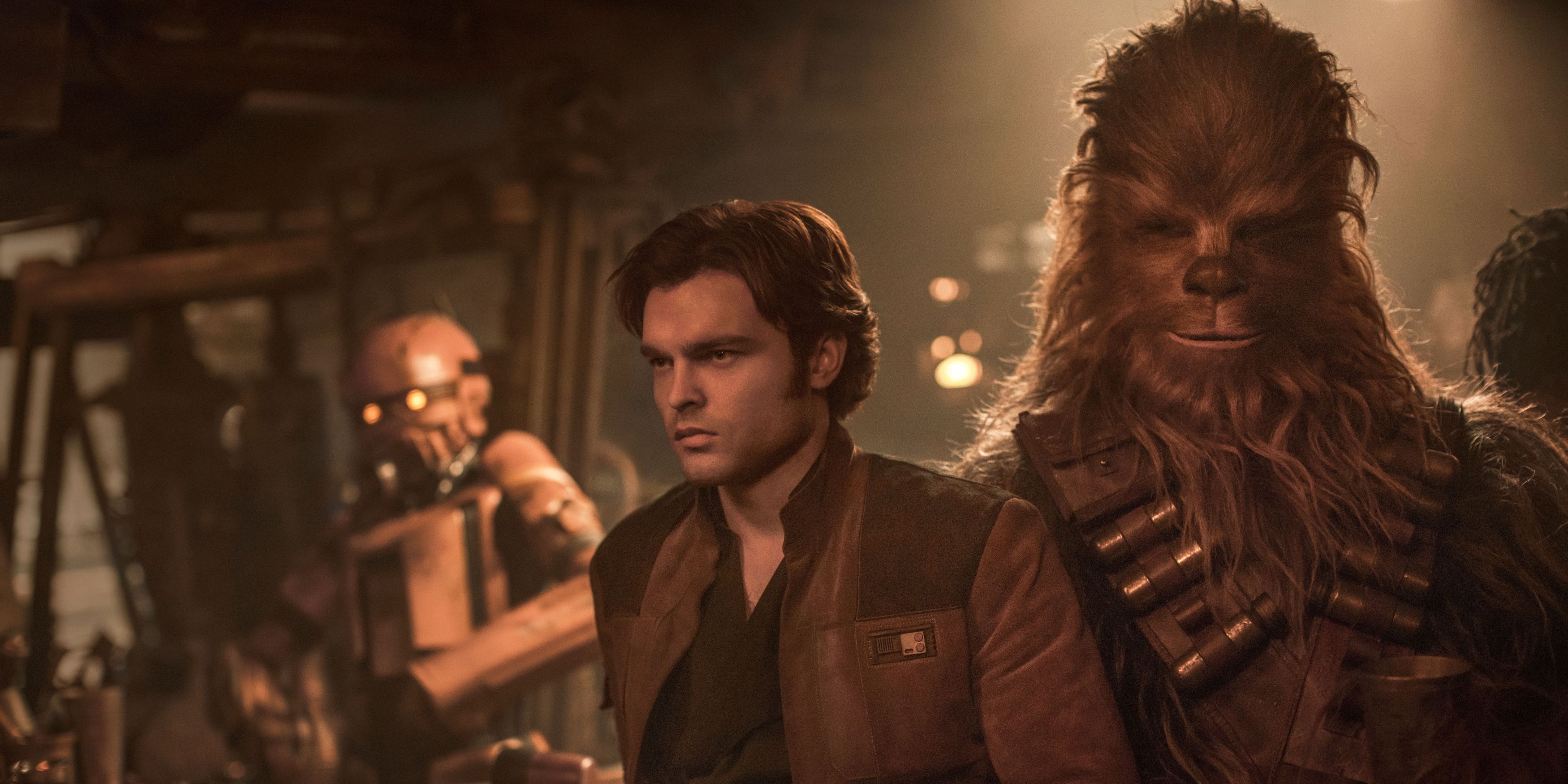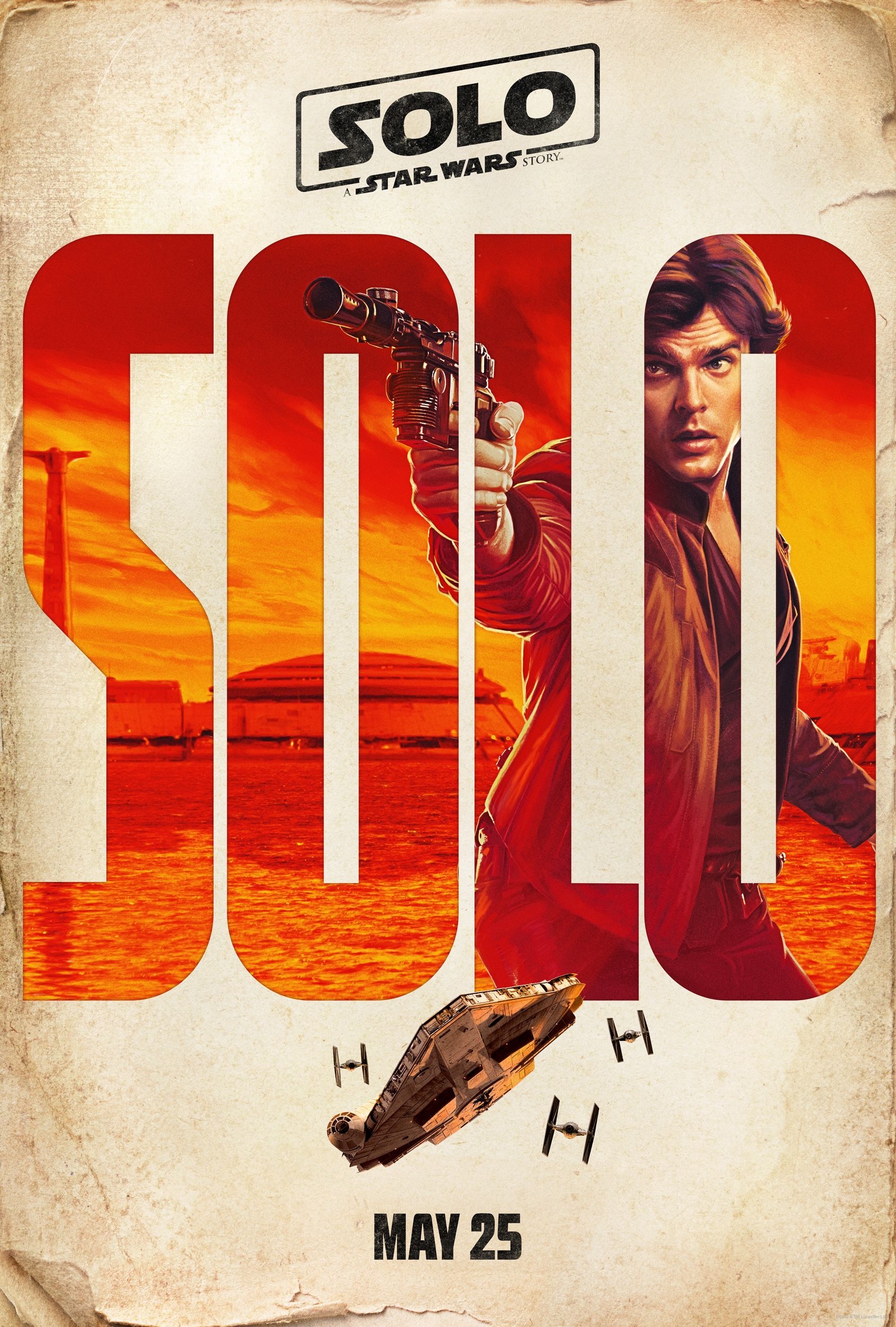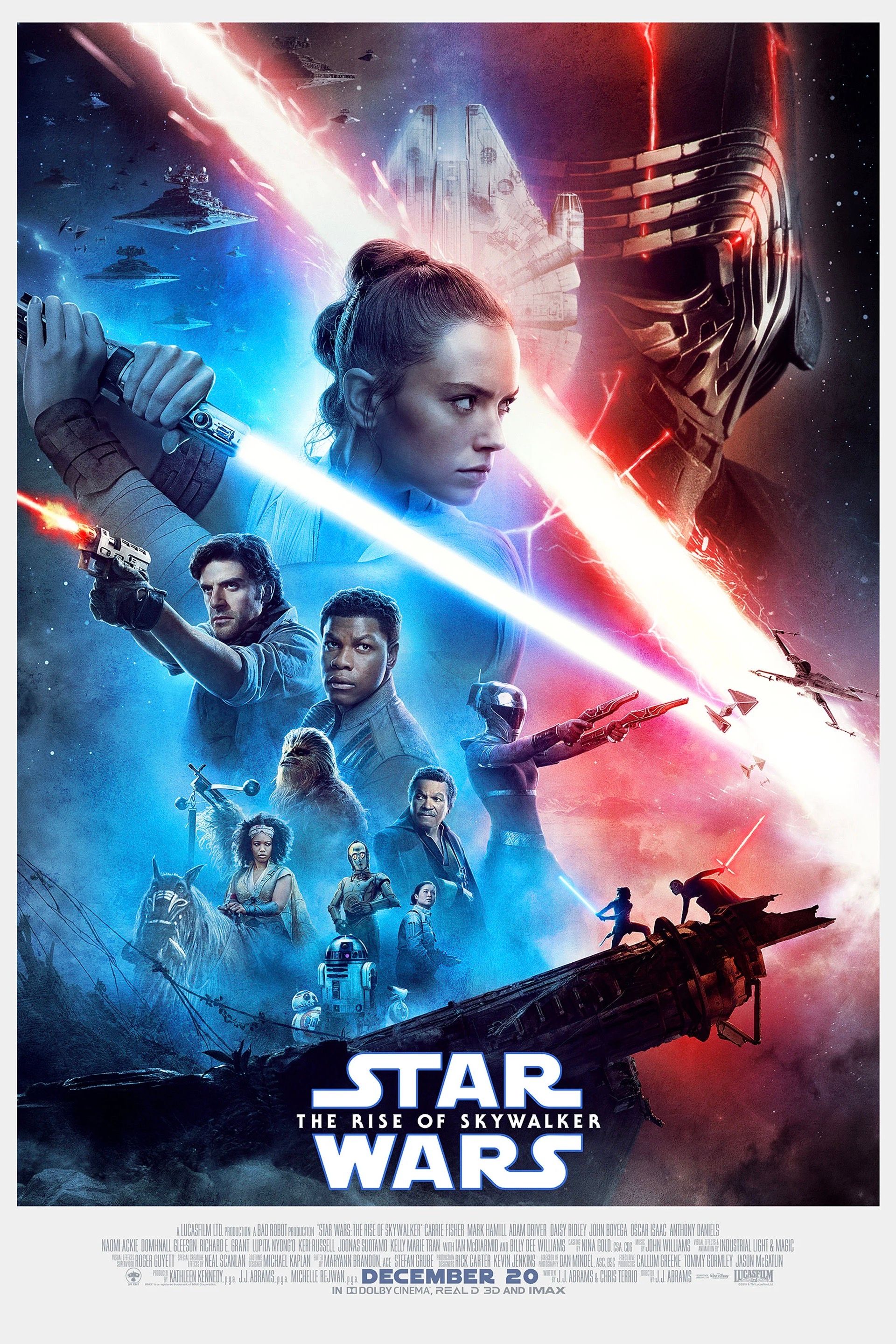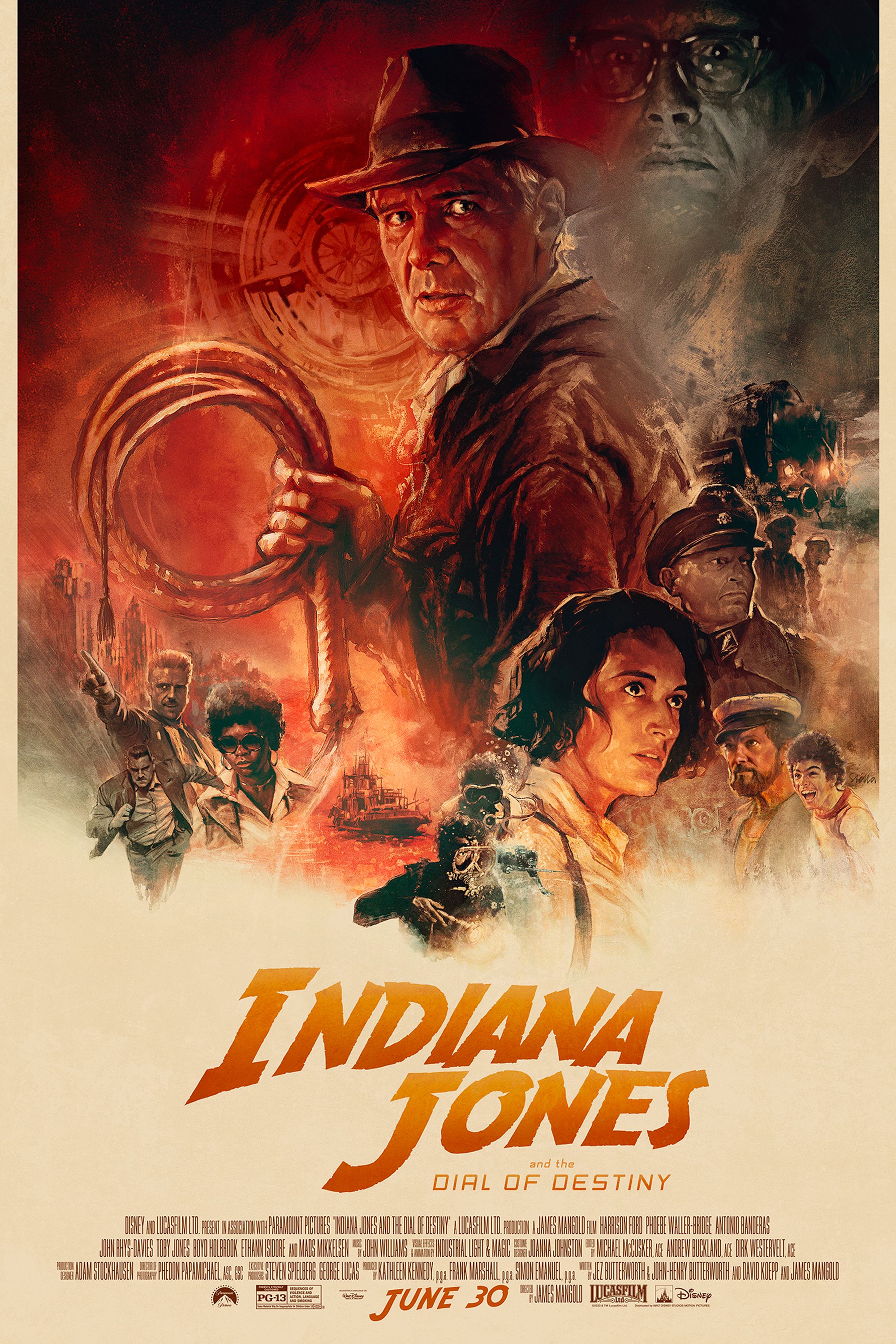Lucasfilm is home to some of the biggest film properties in the industry and has been a cultural touchstone for more than four decades, but there's still some confusion about how the studio operates and its place within the Disney empire. Even those who fervently follow every update about the various Star Wars projects in development have questions about the bigger machine and all its moving parts.
George Lucas, who founded Lucasfilm way back in 1971, helped shepherd a new era for Hollywood with his productions, entertaining millions around the world with his escapist fantasy stories. In the years since, Lucasfilm has only continued to grow and is now in the business of producing annual tentpoles similar to what fellow Disney subsidiary Marvel does with their own cinematic universe. With everything happening at the studio, it's hard to keep track of it all, but that's where we come in to help. Allow us to explain how Lucasfilm works.
Lucasfilm Before and After Disney (This Page)
Page 2: Lucasfilm Film Rights & The Story Group
Page 3: Lucasfilm Power Structure & Filmmaking Process
Lucasfilm Before Disney
The irony in Lucas eventually selling his baby to the Mouse House, of course, is that he was once a maverick filmmaker looking to buck the traditional system. He was fiercely protective of his works and wanted (for better or worse) to maintain creative control over them. This is what prompted him to form Lucasfilm as an independent studio, meaning for every project he wanted to develop, Lucas needed to find a co-financier and/or distributor. That wasn't always easy to do, as evidenced by the difficulty he went through getting American Graffiti off the ground. Several studios passed on the coming-of-age tale before Lucas and Gary Kurtz went to Universal, who granted Lucas final cut. Graffiti received widespread critical acclaim and was profitable for Universal.
Related: 15 Star Wars Storylines George Lucas Wants You to Forget
Studios rejecting Lucas only to regret their decisions in retrospect was something of a tradition during Lucasfilm's pre-Disney era. Universal turned down Star Wars (feeling the concept was somewhat strange), which paved the way for 20th Century Fox to take a bet on Lucas' space opera. Even after the record-shattering success of the galaxy far, far away, executives remained cautious of going into business with the filmmaker. Every major studio in Hollywood infamously passed on Raiders of the Lost Ark (citing budget concerns) before Paramount eventually accepted. Much like Star Wars, Raiders launched a wildly popular film series that still resonates to this day.
Lucasfilm continued making movies into the early 21st century (most notably with the Star Wars prequels and a fourth Indiana Jones installment), but their output essentially came to a halt after that wave of films. Their last pre-Disney film was Red Tails, which was released four years after Kingdom of the Crystal Skull. With Lucas looking towards retirement, he made one final decision that would change the entertainment industry forever.
How The Disney Deal Changed Lucasfilm
Possible discussions about Lucasfilm merging with Disney first took place between Lucas and Bob Iger in 2011, but it wasn't until October 2012 that a deal was officially announced. The Mouse House acquired Lucasfilm for the grand total of $4 billion (the same price they paid for Marvel back in 2009) and immediately announced that new Star Wars films would enter development. The terms of the arrangement saw Disney gain ownership of Star Wars, Indiana Jones (a fifth movie is planned for 2020), and various other branches of Lucasfilm. This includes the animation department (which produces shows like Rebels), consumer products, Industrial Light & Magic, and Skywalker Sound (among others).
Related: How Lucasfilm Changed When George Lucas Left
Lucasfilm now operates as a subsidiary of Disney, and the last few years have seen the Star Wars franchise reach new heights. In addition to a string of highly-successful films (which have combined to gross $4 billion at the worldwide box office), the galaxy far, far away has a presence across various mediums, including television, novels, comics, and video games. Disney also has plans to open the Galaxy's Edge theme park at their Florida and California locations in 2019. Star Wars has always been omnipresent in pop culture, but many would consider this to be the Golden Age for the franchise, and there's no telling where it'd be right now if Disney never made the deal. Under the Mouse House umbrella, Lucasfilm functions similar to fellow subsidiaries Marvel Studios and Pixar, having the freedom to do what they want with limited (if any) interference.
Disney Doesn't Have All of Lucasfilm Film Rights (Yet)
Star Wars & Indiana Jones Film Rights Under Disney
While everything in these two franchises released post-merger is without question Disney, things get a little murkier in regard to the movies that came before. For Star Wars, 20th Century Fox (distributor of the first six episodes) maintains their rights on The Empire Strikes Back, Return of the Jedi, and the prequel trilogy until May 2020. They'll own A New Hope in perpetuity since they were partners with Lucas on its production. Of course, this could all change if Disney's impending acquisition of Fox is approved by federal regulators, but for now there's a clear division.
Related: How Would A Disney/Fox Deal Impact Star Wars?
In the case of Indiana Jones, Disney reached an agreement with Paramount (the studio behind the first four adventures) in December 2013 to acquire the brand's distribution and marketing rights. Paramount maintains the rights for Raiders of the Lost Ark, Temple of Doom, Last Crusade, and Kingdom of the Crystal Skull, while also receiving "financial participation" whenever a new film starring Dr. Jones is made. This could partially explain why Lucasfilm has prioritized Star Wars over their other cash cow. Besides the plethora of stories available to be told in the galaxy, Disney wouldn't have to share money with another studio.
The Role of the Lucasfilm Story Group
One of the more controversial actions in the earliest days of Lucasfilm's Disney era was the decision to rebrand a majority of previously-published works as "Legends." The only survivors of the purge were the six movies, the Clone Wars animated television series and film, and the Darth Maul comic arc Son of Dathomir (which was based on unused Clone Wars scripts). This upset many fans who followed the Expanded Universe, but it was necessary to wipe the slate clean, giving creatives the necessary leeway to craft their narratives. Starting in 2014 (with the book A New Dawn), all of the Star Wars films, novels, comics, and even video games would be part of a singular, cohesive canon. It's the story group's job to maintain the canon and collaborate with directors, authors, and writers.
Related: The Women Who Shaped Star Wars
The story group idea stemmed from Kathleen Kennedy and Kiri Hart (the group's developmental lead) and currently consists of 11 members. Despite how it looks on-paper, their objective is not to dictate the direction of the franchise and force story beats on the likes of J.J. Abrams, Rian Johnson, and others. Lucasfilm grants the creative team behind each project freedom to tell the Star Wars stories they want to tell, with the story group acting more as a sounding board to ensure there are no blatant contradictions with earlier materials (i.e. someone can't write a book set after Force Awakens where Han Solo is alive). Lucasfilm isn't immune to minor slip-ups, but it's great they have multiple sets of eyes overseeing everything that comes out.
Page 3: How Lucasfilm Makes a Movie
Lucasfilm's Power Structure
When Lucas sold the company, Kathleen Kennedy became Lucasfilm's president and Star Wars brand manager. Kennedy is one of the most accomplished producers in Hollywood history, best known for her works alongside Steven Spielberg. Several of Kennedy's movies are critically-acclaimed box office hits, which made her the ideal choice. Lucas was so confident in Kennedy's qualifications, he handpicked her himself to run Lucasfilm. Kennedy reports to Disney Chairman Alan Horn, though as producer of all the new Star Wars movies, she makes the calls in that realm - including the tough ones (Lord & Miller).
Related: Lucasfilm Planning Next 10 Years of Star Wars
However, Kennedy is not the only person in a position of power at the studio. Most notably, Dave Filoni was promoted in 2016 to manage Lucasfilm Animation and is the creative force behind the likes of Clone Wars, Rebels, Forces of Destiny, and eventually Resistance. Additionally, the aforementioned Kiri Hart serves as Vice President of Development and is lead of the story group. She's so involved with Star Wars projects, she was a producer on Rebels and co-produced Rogue One with Kennedy. While Lucasfilm does run things mostly autonomously, they will run some things by Disney (like killing Han Solo) before moving ahead.
How Lucasfilm Makes Movies
Lucasfilm wasted no time in confirming plans for a bevy of new films after the Disney acquisition. In addition to the long-awaited sequel trilogy set in the Skywalker saga, the studio announced they wanted to further expand their cinematic universe with spinoff anthology films that told different stories. Prior to the sale, George Lucas had actually spent a year developing a treatment for more movies, but Lucasfilm later discarded his ideas to go off in a different direction. To be fair, they did maintain some of Lucas' concepts, but there were some notable differences.
Related: Everything We Know About George Lucas' Sequel Trilogy
When working on a film, the studio's first order of business seems to be hiring a director and/or writer (sometimes they're one and the same). While Kennedy earned an infamous reputation for public splits with Phil Lord & Chris Miller and Colin Trevorrow in 2017, she is willing to (mostly) give the filmmakers creative control. Rian Johnson expressed several times in the build-up to The Last Jedi there was no mapped out arc for the sequel trilogy, and all he had to do was follow The Force Awakens how he saw fit. Lucasfilm has various departments that handle the pre-production responsibilities, creating costumes, props, and sets for the movies. Initially, Kennedy tried to give young upstarts a chance at playing in the Star Wars sandbox, but numerous failures has led her to lean more on established hands for the time being.
Since each movie introduces new characters to the lore, there's always extensive searches for talent to fill the needed roles. In classic Star Wars fashion, newcomers are frequently picked for headliners, but the studio isn't against bringing in well-known names. For instance, Solo's ensemble includes A-listers like Woody Harrelson, Emilia Clarke, and Donald Glover. As evidenced by the 2,500 thespians who auditioned for young Han Solo, Lucasfilm doesn't take casting responsibilities lightly and always looks for the best choice for the part.
Obviously, the three episodes of the sequel trilogy are all part of the same narrative, but there's no requirement for the spinoffs to be overtly tied to the saga films. There are of course references and Easter eggs to be found, but Star Wars is different from Marvel in the sense that it doesn't all have to be connected. That makes the anthologies appealing for filmmakers, since they can come in and do something unique that isn't burdened by four decades of storytelling.
-
Lucasfilm has changed substantially over its years of existence, and while Kennedy experienced some growing pains during her tenure, she seems to have Star Wars in a place where it can thrive for years to come. The new movies continuously rake in box office cash and score positive reviews, meaning demand for more projects is high. Star Wars is one of the most dominant franchises in the industry for a reason, and it should remain that way.

